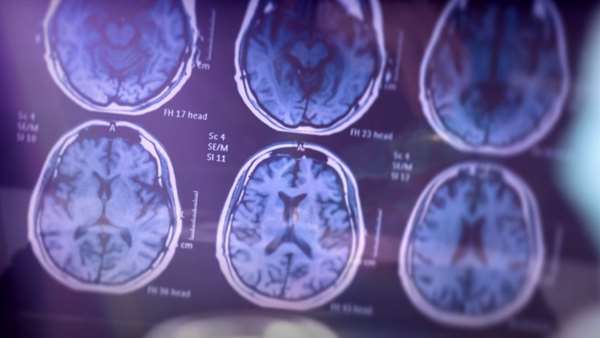Scientists at the Baylor College of Medicine say they have discovered that gene variants associated with the risk of developing Alzheimer’s disturb the brain’s protective mechanism in ways that can lead to neurodegeneration. The team also showed in a fruit fly model of the condition that a chemical known as ABCA1 agonist can restore certain alterations of the neuroprotective mechanism.
It was previously shown that elevated levels of reactive oxygen species (ROS) induce lipid synthesis in neurons leading to the sequestration of peroxidated lipids in glial lipid droplets (LD), delaying neurotoxicity. This neuron-to-glia lipid transport is APOD/E-dependent.
The neuroprotective mechanism is engaged when neurons face high levels of ROS, which stimulates neurons to produce abundant lipids. ROS levels increase with aging, different forms of stress, or because of genetic factors. The combination of ROS and lipids produces peroxidated lipids, which deteriorate cellular health. Neurons try to avoid the damage by secreting these lipids, and apolipoproteins carry them to glia cells, which store the lipids in lipid droplets, sequestering them from the environment, thus keeping them from damaging neurons.
Scientist found that APOE4 is strongest genetic risk factor for Alzheimer’s disease practically unable to transfer lipids to glia, while other two forms of APOE, APOE2 and APOE3, carry out the transfer effectively. With APOE4, lipid droplet accumulation in glia is drastically reduced and the protective mechanism breaks down. This fundamental difference in the function in APOE4 likely primes an individual to be more susceptible to the damaging effects of ROS.
The aim of this study was to identify genes that are critical for lipid droplet formation, specifically genes that are required for lipid export from neurons and lipid import into glia.
The ABCA1 agonist restored glial lipid droplet formation in an APOE4 fruit fly model, highlighting a potentially therapeutic avenue to prevent ROS-induced neurotoxicity.
These findings support further investigations into feasible means to reduce the levels of ROS in the brain as a strategy to minimize ROS’s key contribution to neurodegeneration.
https://www.genengnews.com/news/alzheimers-disease-risk-genes-disturb-brains-protective-mechanism




ارسال به دوستان